Download the new August 2019 Cumulative Updates for Windows 10
8 min. read
Published on
Read our disclosure page to find out how can you help Windows Report sustain the editorial team. Read more
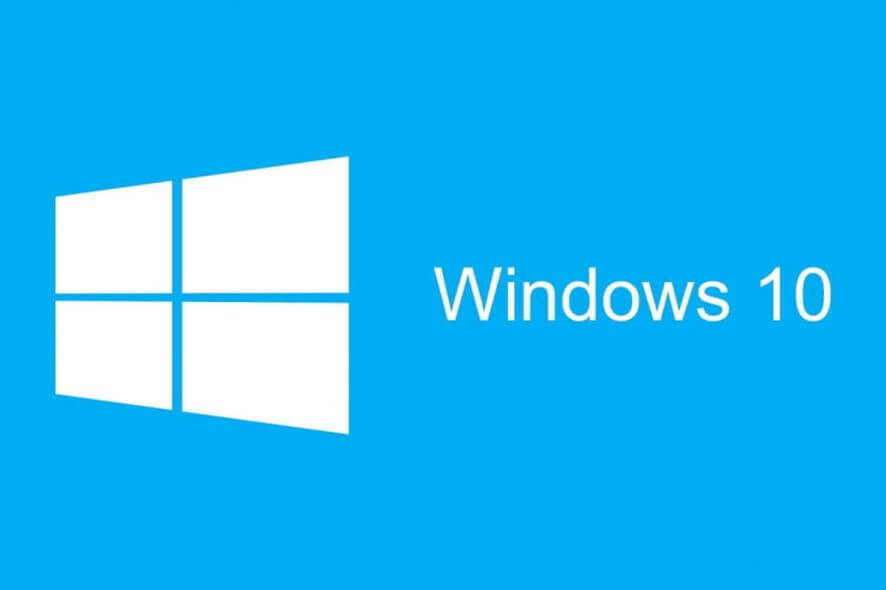
Microsoft has silently released new Cumulative Updates for a number of Windows 10 versions.
This is slightly uncommon, as Patch Tuesday was less than a week ago. Nonetheless, the CUs come with a long list of non-security bug fixes and improvements, but also with some known issues.
The new CUs bring a lot of fixes
The new Cumulative Updates are available for Windows 10 version 1809, 1803, 1709, 1703, 1607, and 1507.
Keep in mind that these are optional updates, and won’t arrive automatically. If you want to install them on your PC, you’ll have to open the Settings app and navigate to Update & Security > Windows Update, and click on the Check for updates button.
If you’re on the Windows 10 October 2018 Update (v1809), you’ll get KB4512534 which comes with the following changes:
- Updates an issue that prevents Windows Hello face recognition from working after you restart a device.
- Allows Microsoft Edge to print PDF documents that contain landscape and portrait-oriented pages together correctly.
- Allows Microsoft Edge to open PDFs that are configured to be opened only once correctly.
- Updates an issue with downloading copyrighted digital media (music, TV shows, movies, and so on) from certain websites using Microsoft Edge and Internet Explorer.
Here’s the full list of improvements and fixes:
- Improves the reliability of push notifications about app deployments to Microsoft HoloLens 1 devices.
- Addresses an issue that prevents Windows Hello Face Authentication from working after a restart.
- Addresses an issue with downloading digital rights management (DRM) files from certain websites using Microsoft Edge and Internet Explorer.
- Addresses an issue that prevents the Universal C Runtime Library from returning the proper value for time zone global variables in certain conditions.
- Addresses an issue that causes Deployment Image Servicing and Management (DISM) to intermittently stop responding while deprovisioning some preinstalled apps using the Microsoft System Center Configuration Manager (SCCM).
- Addresses an issue in which the default keyboard for the English (Cyprus) (en-CY) locale was not set properly.
- Addresses an issue to enable Microsoft Edge to print PDF documents that contain landscape and portrait-oriented pages correctly.
- Addresses an issue with PDFs that are configured to be opened only once in Microsoft Edge.
- Addresses performance issues for the Win32 subsystem and Desktop Window Manager (DWM).
- Addresses an issue with the input and display of special characters that occurs when an app uses imm32.dll.
- Addresses a composition handle leak in Universal Windows Platform (UWP) apps.
- Addresses a memory leak in dwm.exe that may lead to a loss of functionality and cause a device to stop working.
- Addresses an issue that fails to bypass automatic sign in (Autologon) when you press and hold the Shift key during startup.
- Addresses an issue that causes the Windows Management Instrumentation (WMI) class Win32_PhysicalMemory to report that 32 GB memory chips have a missing Capacity value.
- Addresses an issue that prevents an App-V application from opening and displays a network failure error. This issue occurs under certain circumstances, such as when a system’s battery is low or there is an unexpected power failure.
- Addresses an issue with User Experience Virtualization (UE-V) that may sometimes prevent exclusion paths from working.
- Addresses a rare issue that causes Windows Defender Advanced Threat Protection (ATP) to temporarily prevent other processes from accessing files.
- Addresses an issue that causes a workstation to stop working when you sign in using an updated user principal name (UPN) (for example, changing [email protected] to [email protected]).
- Addresses an issue in which Windows Defender Application Control will not allow third-party binaries to be loaded from a Universal Windows Platform application. CodeIntegrity event error 3033 appears as, “Code Integrity determined that a process (<process name>) attempted to load <binary name> that did not meet the Store signing level requirements.”
- Addresses an issue that prevents some Trusted Platform Module (TPM) devices from being used for Next Generation Credentials.
- Addresses an issue that causes applications on a container host to intermittently lose connectivity because of a port conflict with applications running on a container.
- Addresses an issue that prevents some users from receiving a TTL value when they are added as members of Shadow Principals. This occurs for users who have distinguished names (DN) that contain an escape character. The TTL value is now added as expected.
- Addresses an issue with the disabled attribute of the input element, which doesn’t allow a scope to be passed to the authorization endpoint.
- Addresses an issue with leaks in Windows notification sockets that causes Windows to run out of ports.
- Addresses an issue that prevents server editions from activating with a Multiple Activation Key (MAK) in the graphical user interface (GUI). The error is, “0x80070490”.
- Addresses an issue that may break the domain trust when the Recycle Bin is configured on the domain that carries the trust.
- Increases the number of supported interrupts per device to 512 on systems that have x2APIC enabled.
- Addresses an issue that may prevent devices from starting when they start up using Preboot Execution Environment (PXE) images from Windows Deployment Services (WDS) or System Center Configuration Manager (SCCM). The error is, “Status: 0xc0000001, Info: A required device isn’t connected or can’t be accessed.”
- Addresses an issue that may cause the following to stop responding:
- Applications that were made using Visual Basic 6 (VB6).
- Macros that use Visual Basic for Applications (VBA).
- Scripts or apps that use Visual Basic Scripting Edition (VBScript).
And here are the known issues with this update:
| Symptom | Workaround |
| Certain operations, such as rename, that you perform on files or folders that are on a Cluster Shared Volume (CSV) may fail with the error, “STATUS_BAD_IMPERSONATION_LEVEL (0xC00000A5)”. This occurs when you perform the operation on a CSV owner node from a process that doesn’t have administrator privilege. | Do one of the following:
Microsoft is working on a resolution and will provide an update in an upcoming release. |
| After installing KB4493509, devices with some Asian language packs installed may receive the error, “0x800f0982 – PSFX_E_MATCHING_COMPONENT_NOT_FOUND.” |
Note If reinstalling the language pack does not mitigate the issue, reset your PC as follows:
Microsoft is working on a resolution and will provide an update in an upcoming release. |
| We are investigating reports that a small number of devices may startup to a black screen during the first logon after installing updates. | To mitigate this issue, press Ctrl+Alt+Delete, then select the Power button in the lower right corner of the screen and select Restart. Your device should now restart normally.
We are working on a resolution and will provide an update in an upcoming release. |
| Applications and scripts that call the NetQueryDisplayInformation API or the WinNT providerequivalent may fail to return results after the first page of data, often 50 or 100 entries. When requesting additional pages you may receive the error, “1359: an internal error occurred.” This issue occurs in this update and in all the updates before June 18, 2019. | We are working on a resolution and will provide an update in an upcoming release. |
You can download the update manually from the Microsoft Update Catalog.
If you’re on the Windows 10 Fall Creators Update (v1709), you’ll get KB4512494. This update is available for Windows 10 Enterprise and Education, but not for Windows 10 Home or Pro users.
You can download the update manually from the Microsoft Update Catalog.
If you’re on Windows 10 Creators Update (v1703), you’ll get KB4512474, which is also available only for Windows 10 Enterprise and Education.
You can download the update manually from the Microsoft Update Catalog.
If you’re on Windows 10 Anniversary Update (v1607) or Windows Server 2016, you’ll get KB4512495. This is available only for Long-Term Servicing Channel customers.
You can download the update manually from the Microsoft Update Catalog.
Finally, if you’re on the original version of Windows 10 (v1507), you’ll get KB4517276.
You can download the update manually from the Microsoft Update Catalog.
Update: Microsoft has also released a patch for version 1803. If you’re on Windows 10 April 2018 Update (v1803), you’ll get KB4512509.
You can download the update manually from the Microsoft Update Catalog.
Keep in mind that all the updates have a series of fixes and improvements, but also some known issues. Be sure to carefully check their changelogs to see what has been changed.

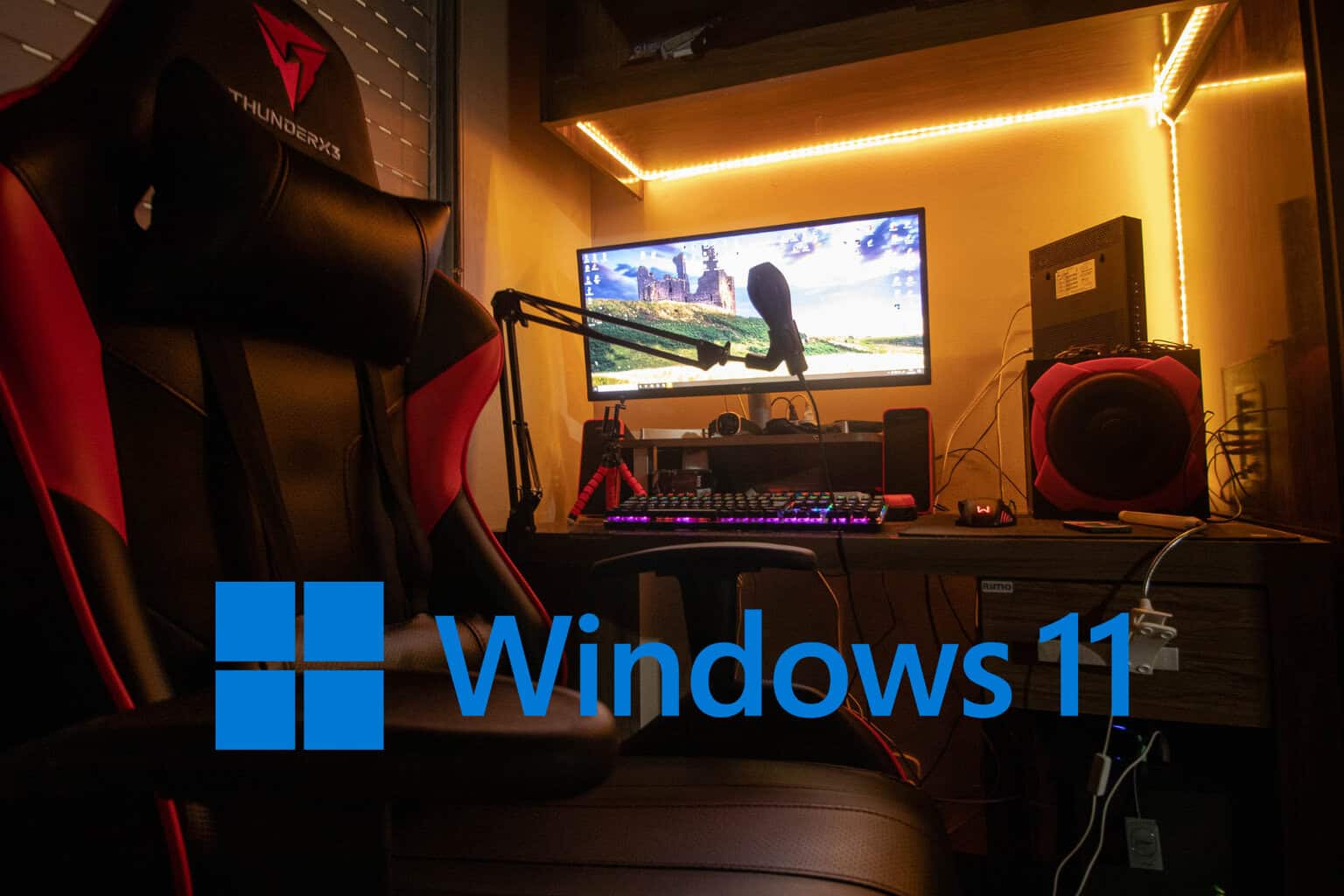
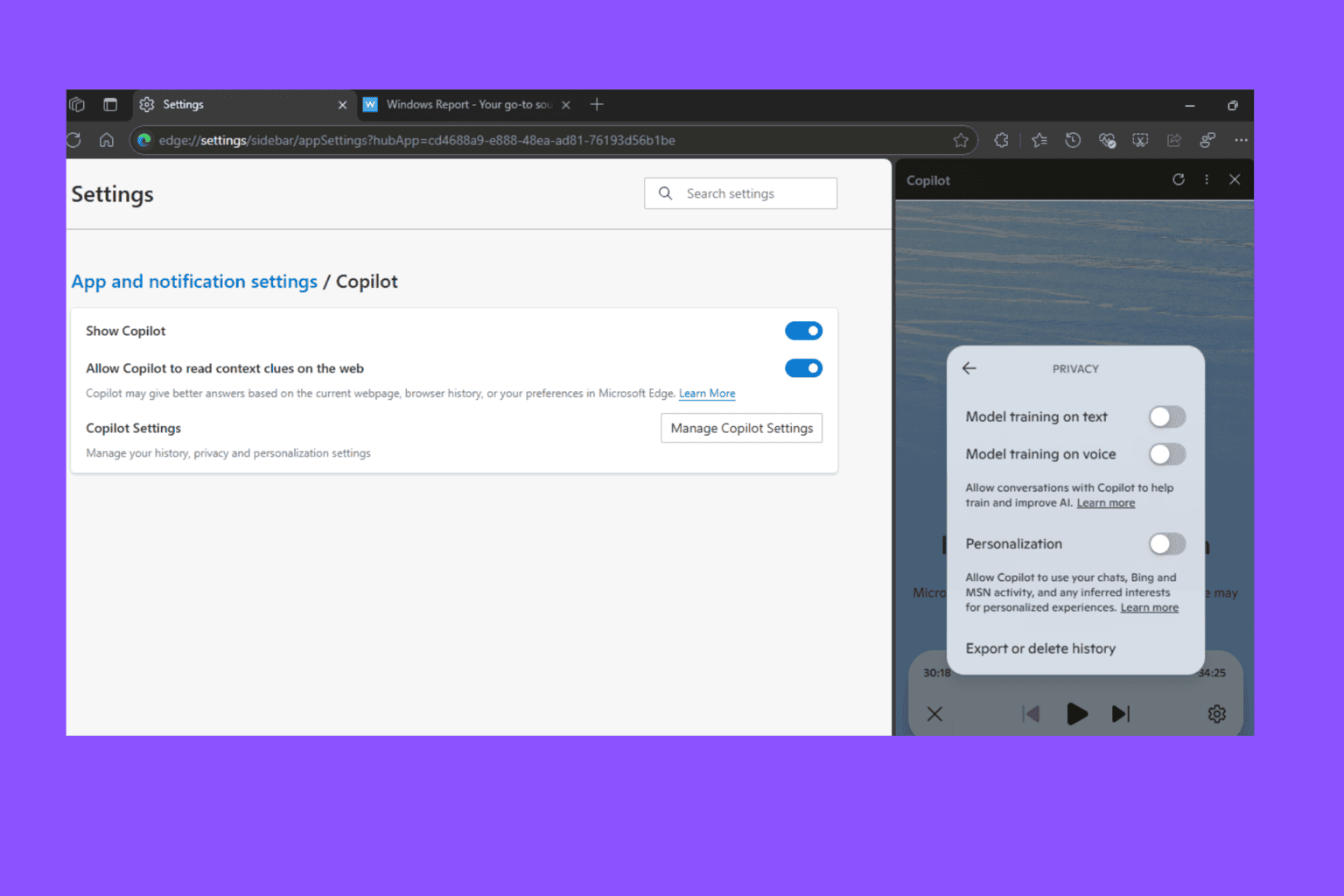

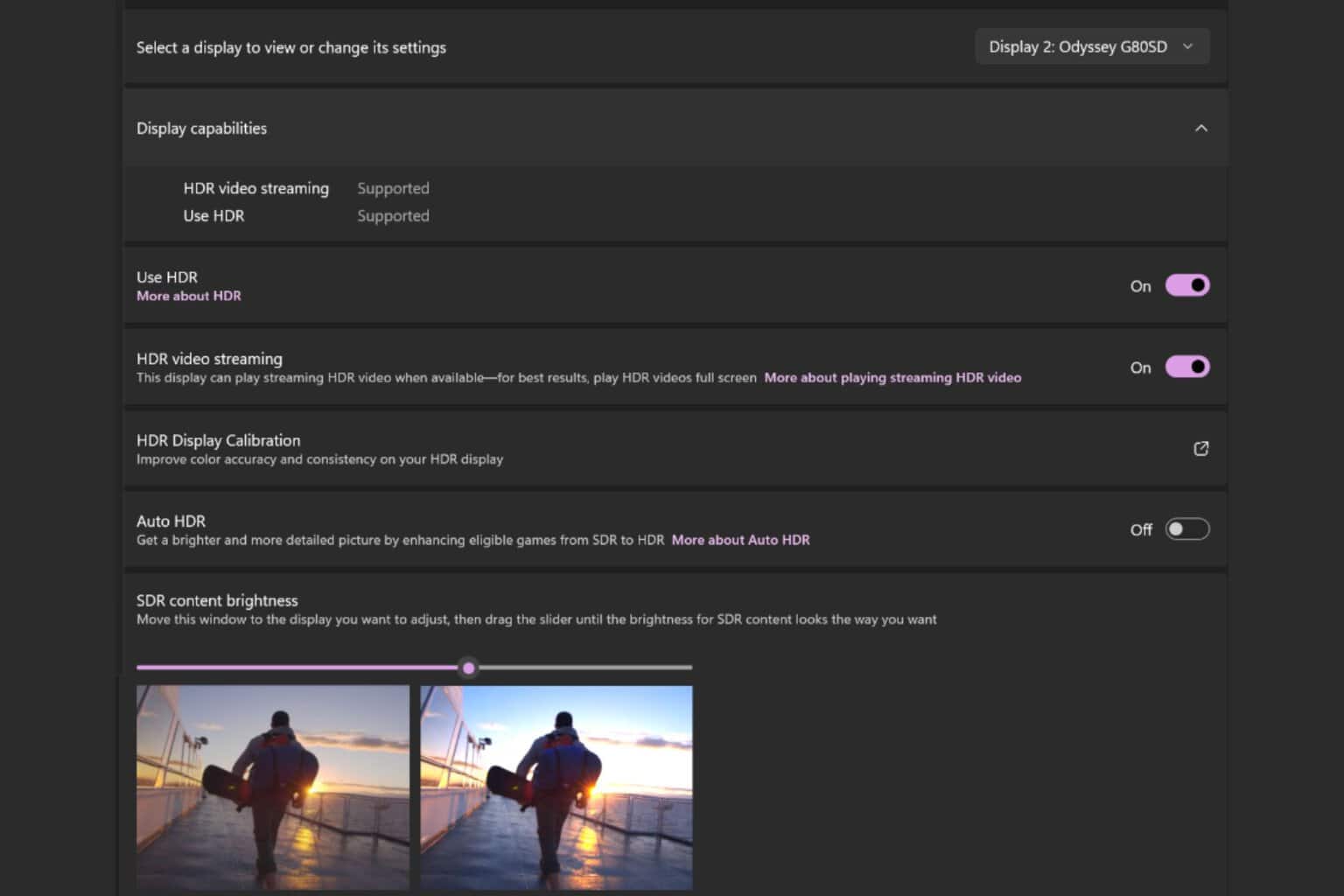
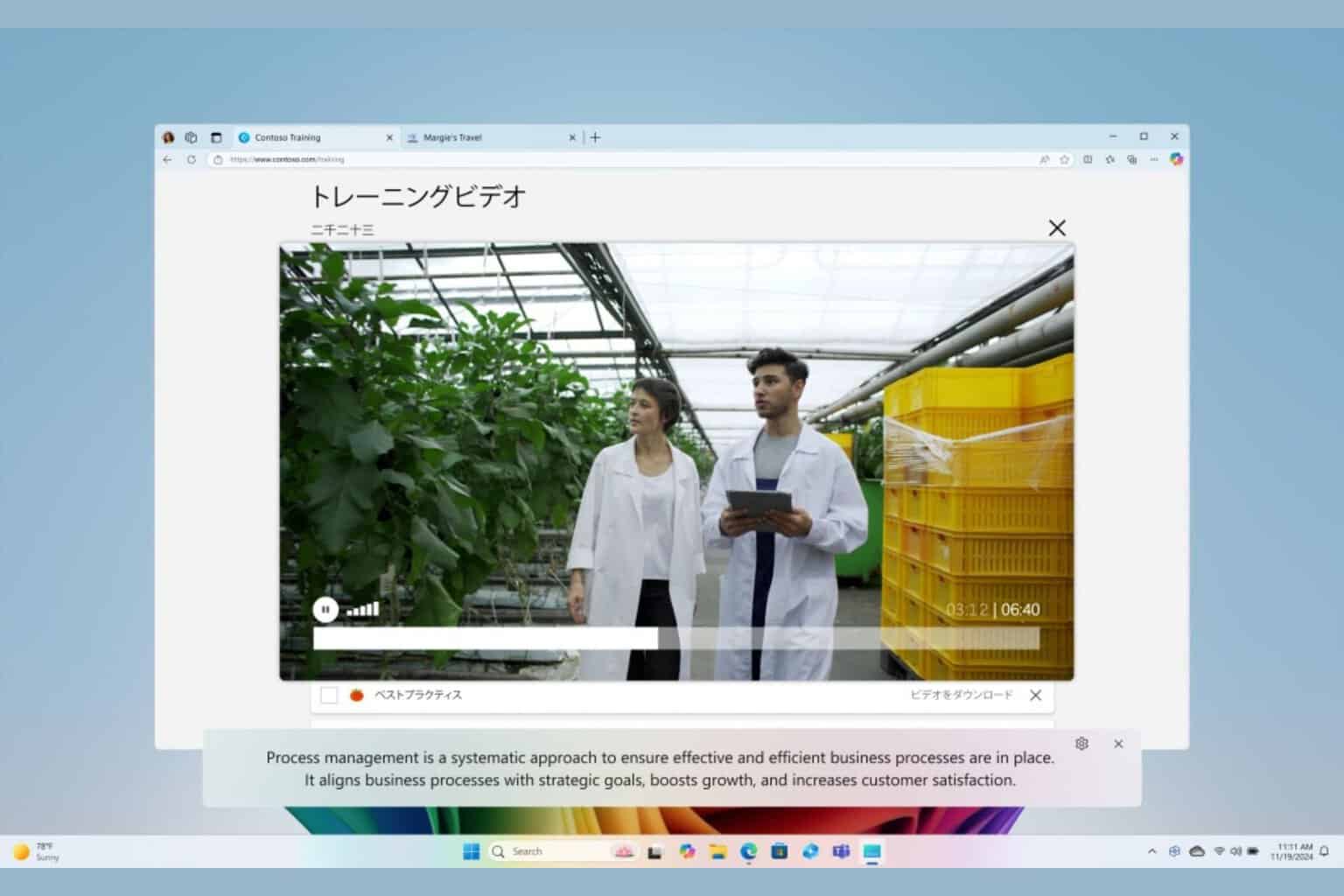
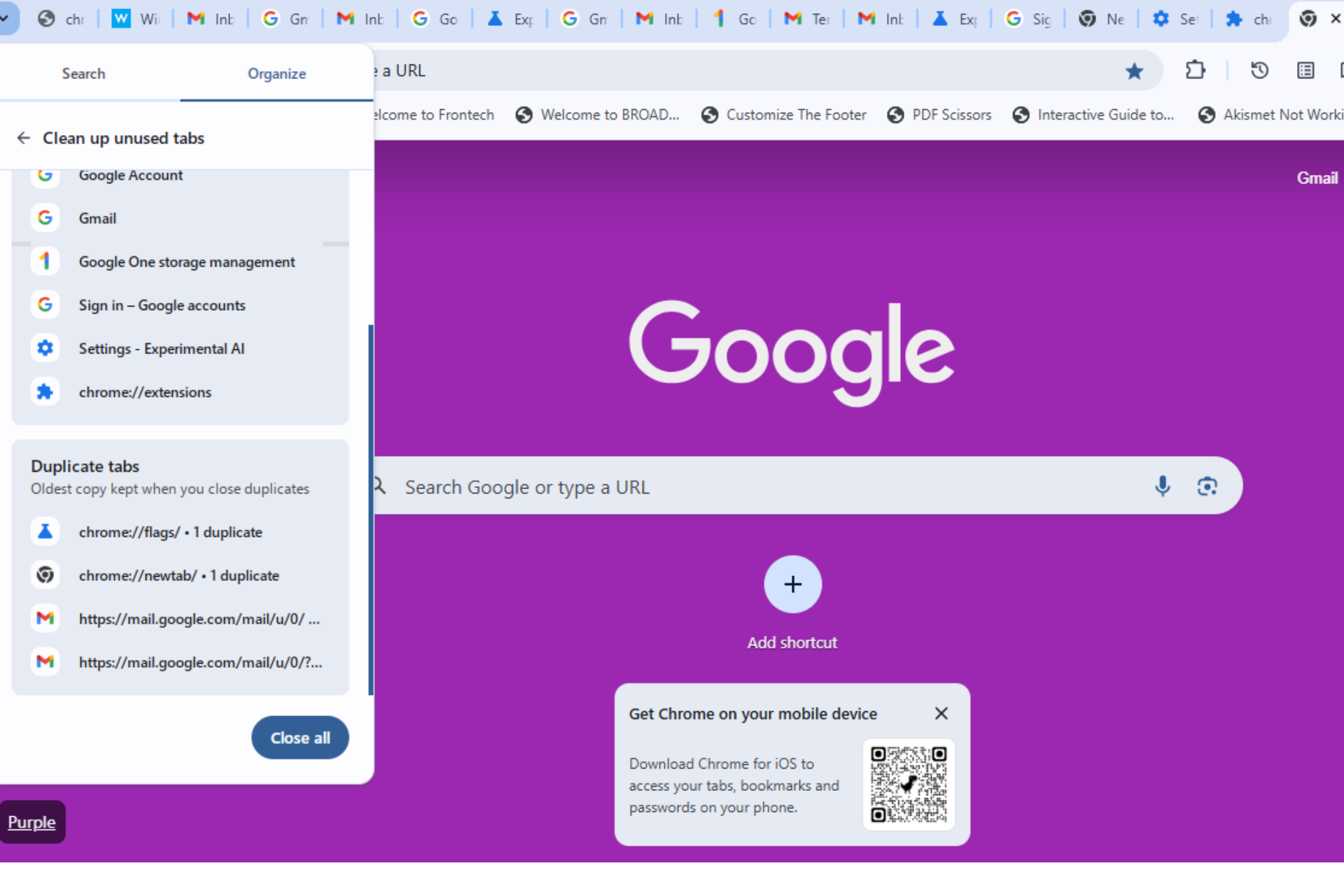
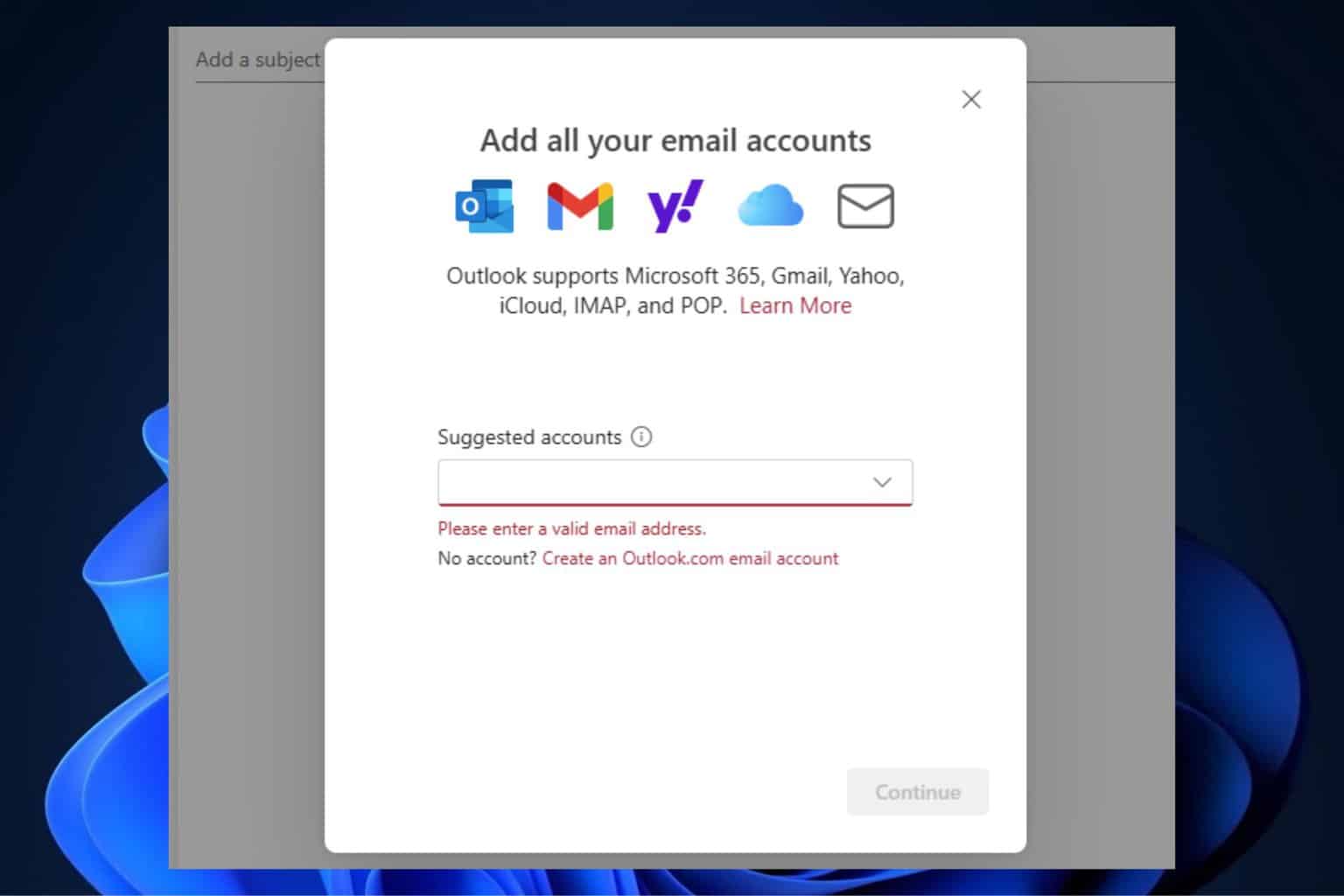
User forum
0 messages